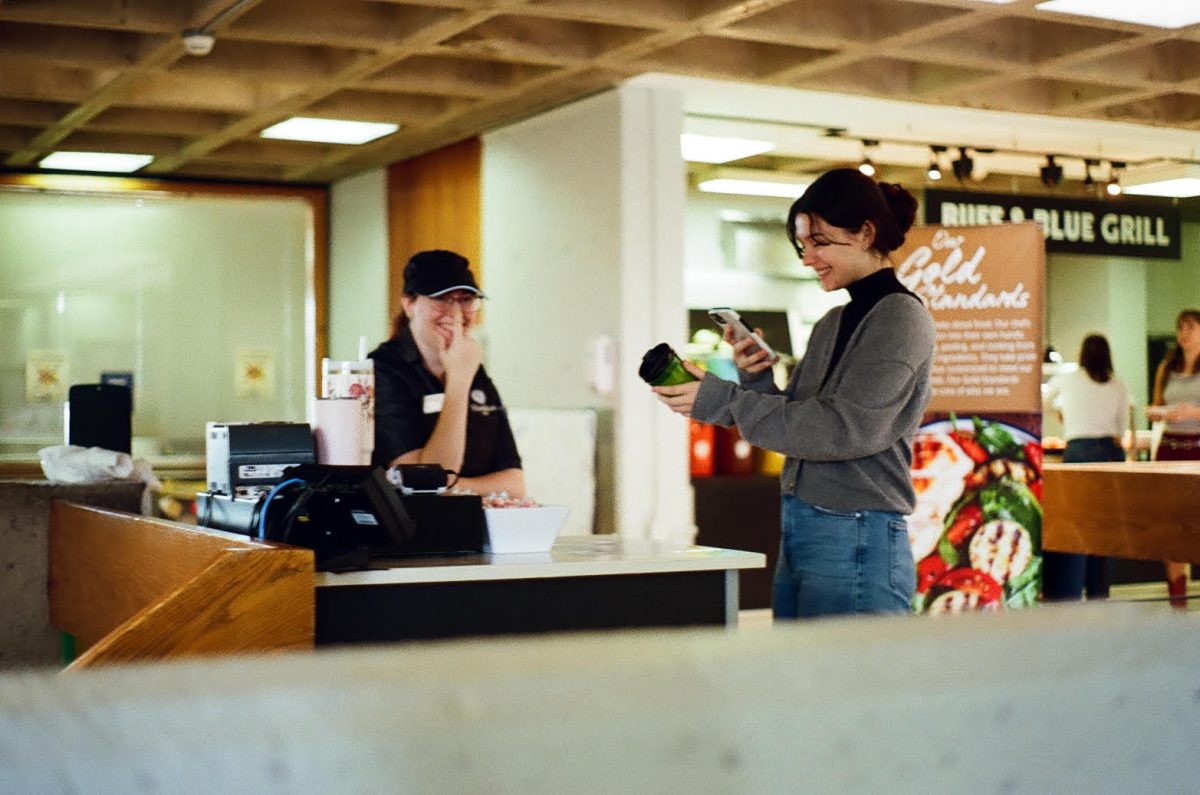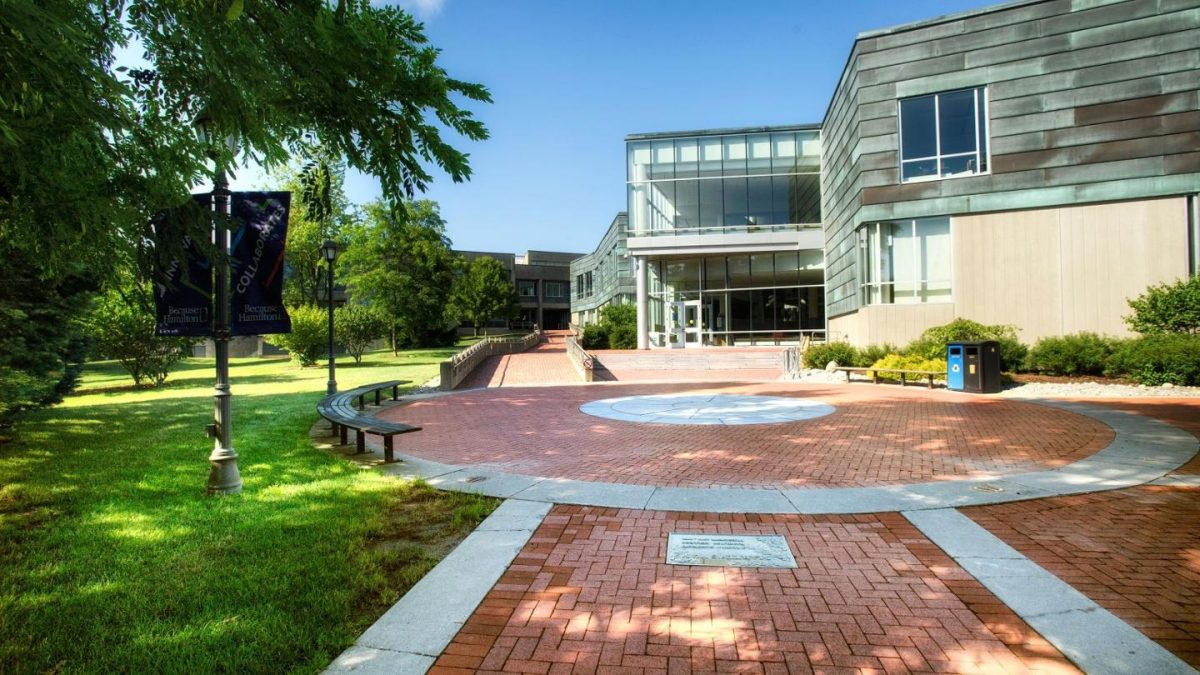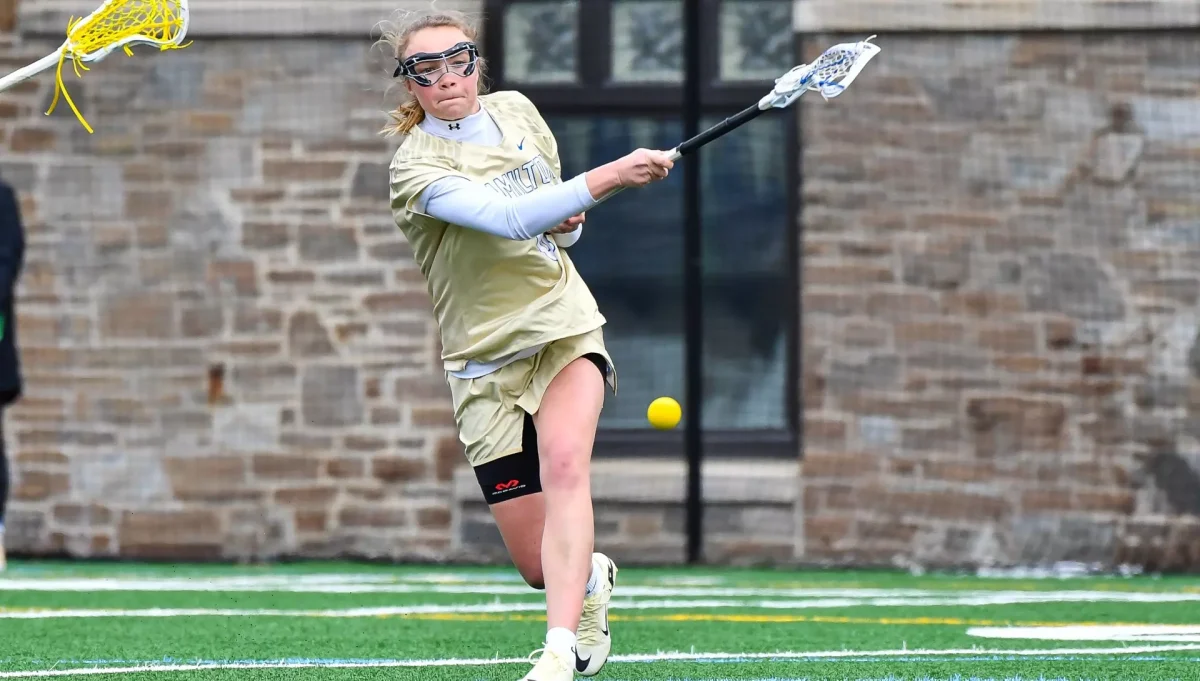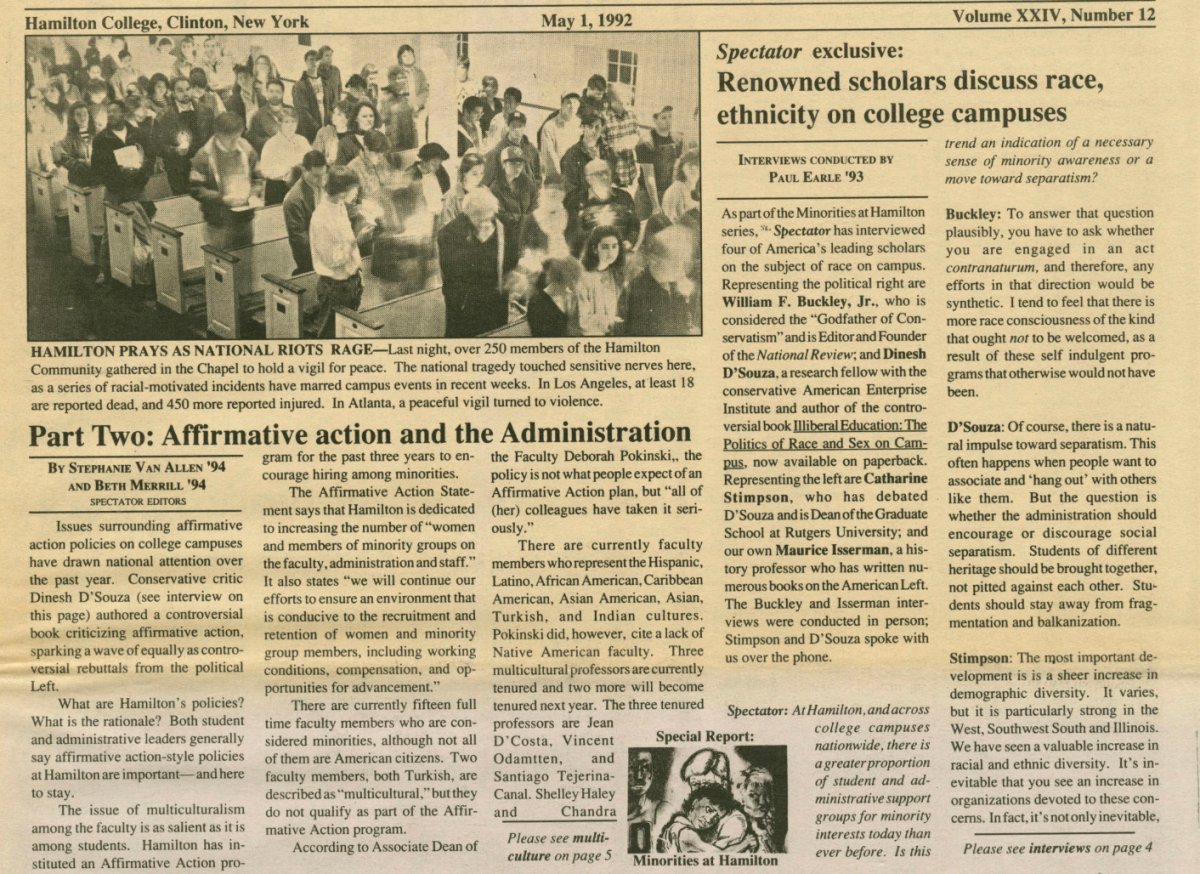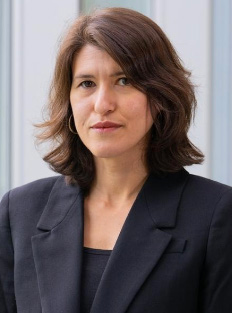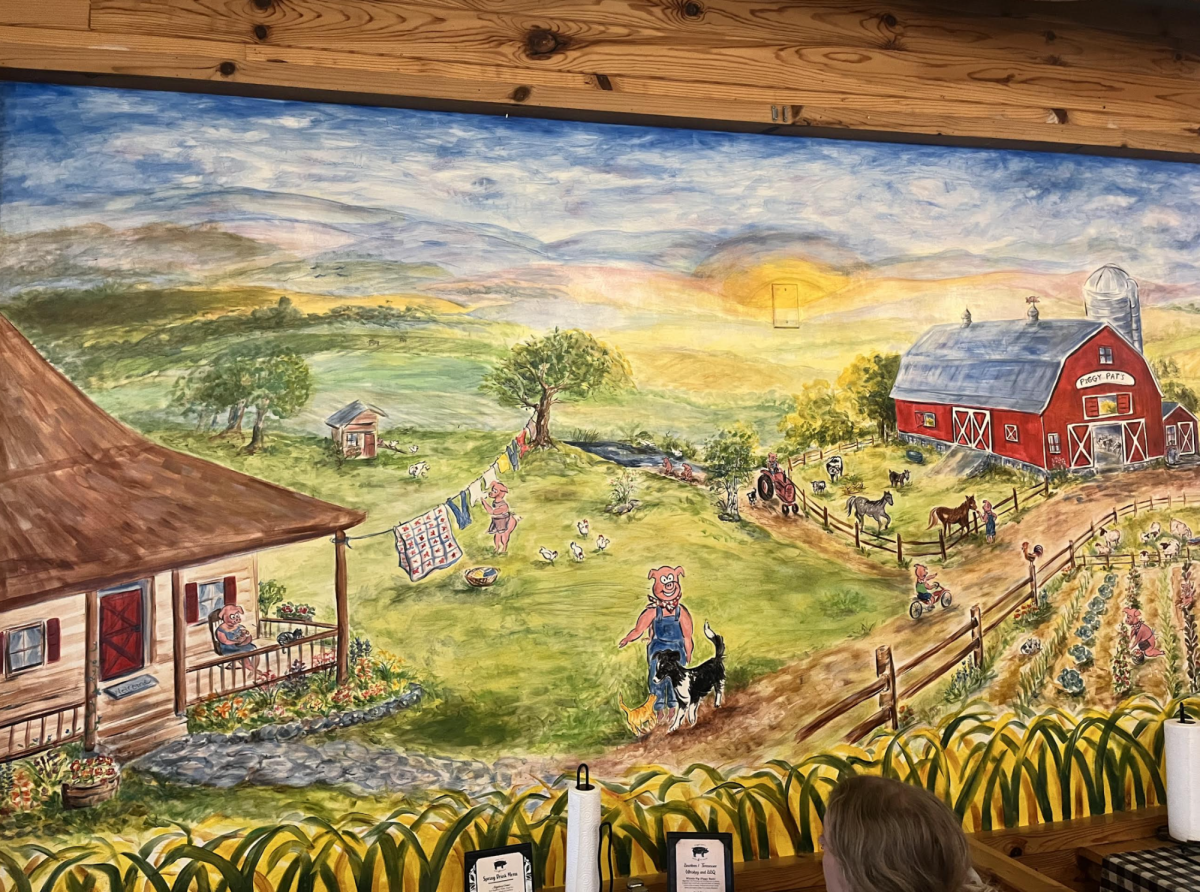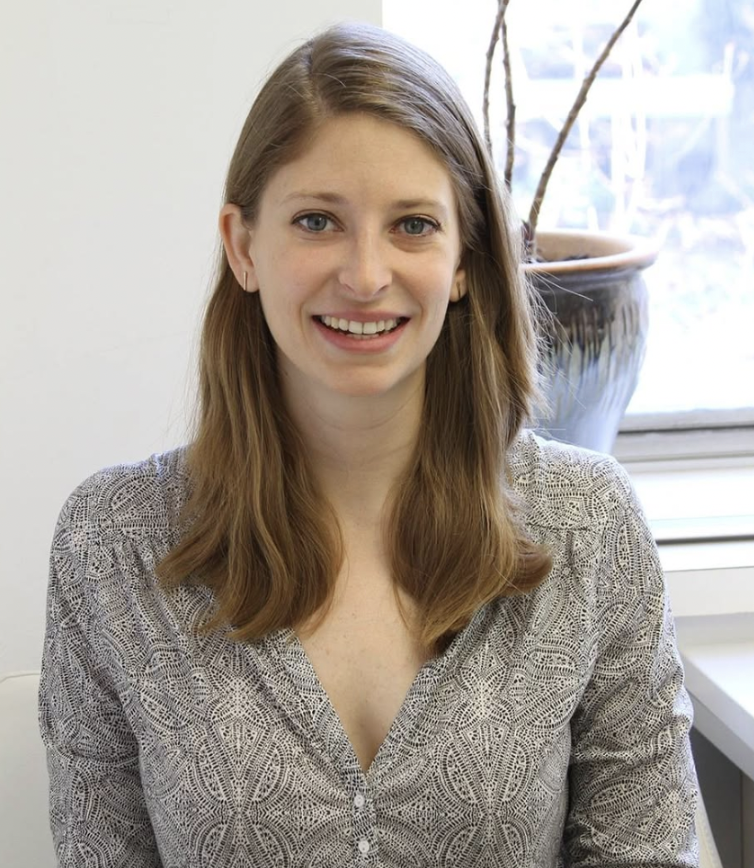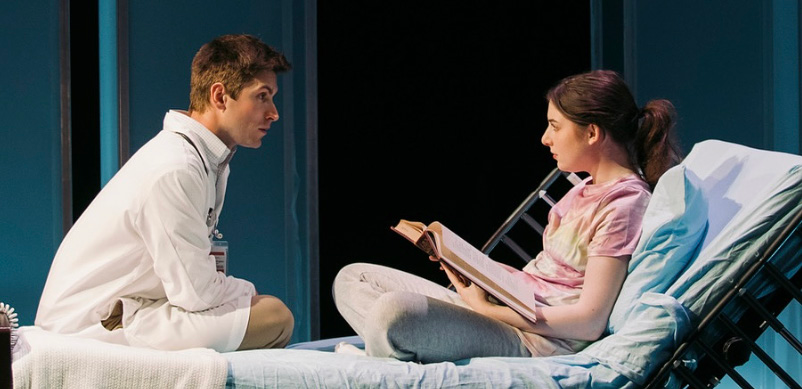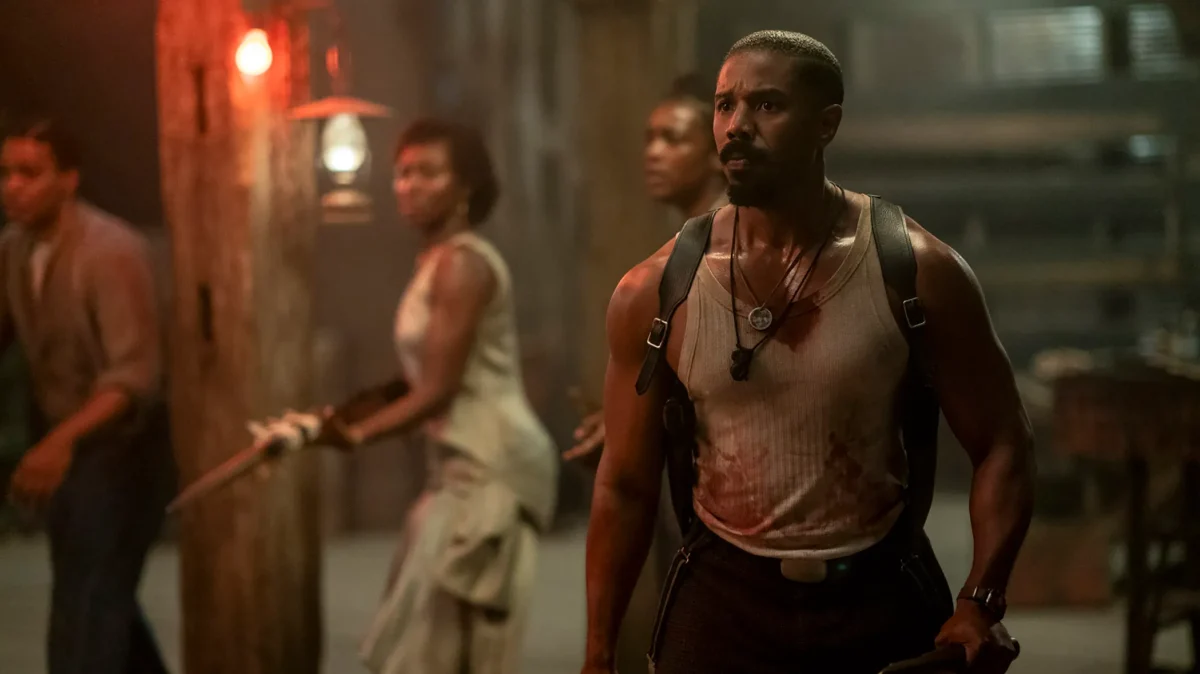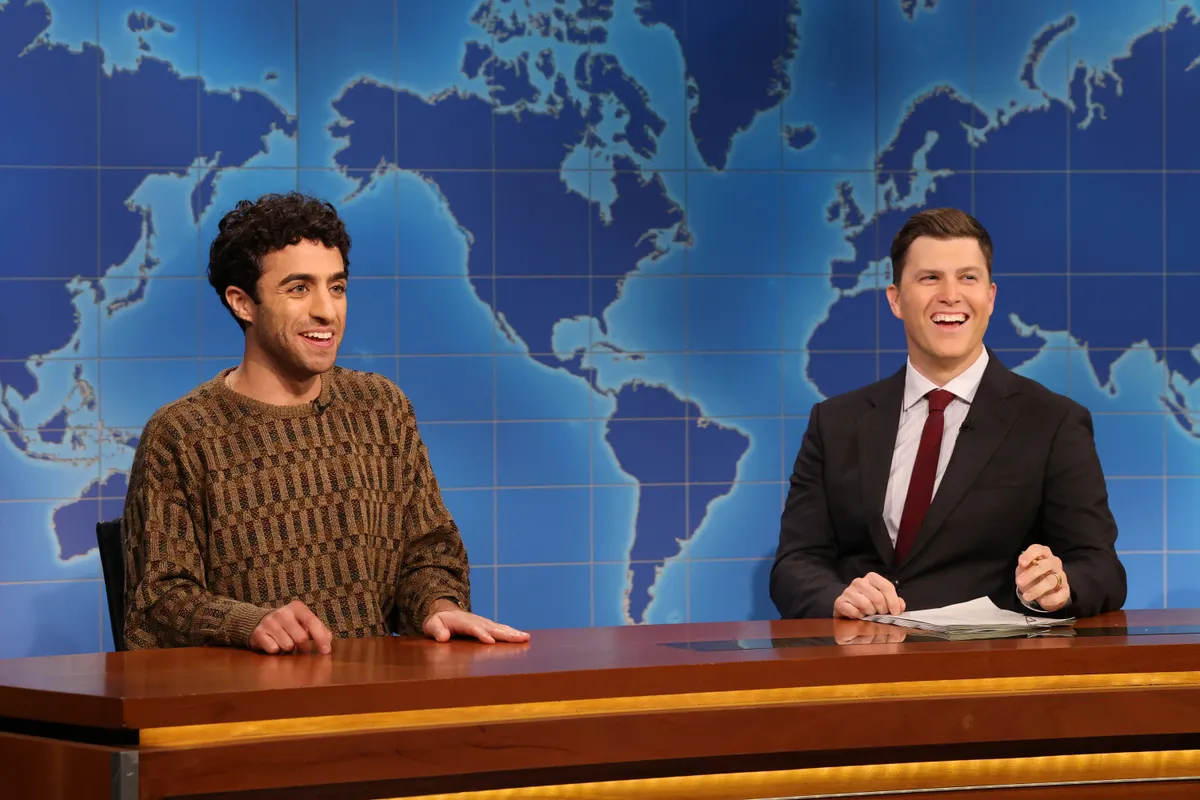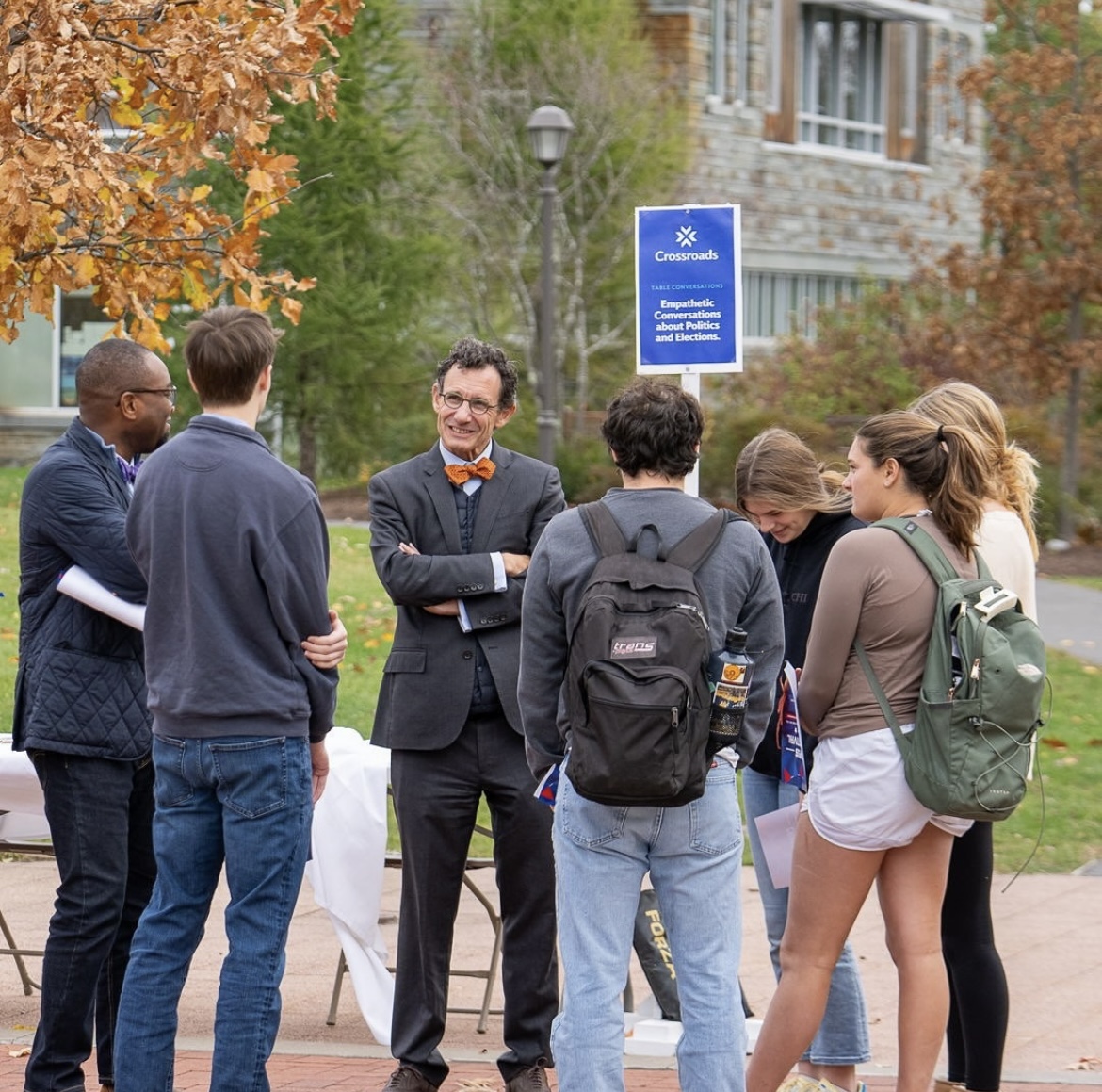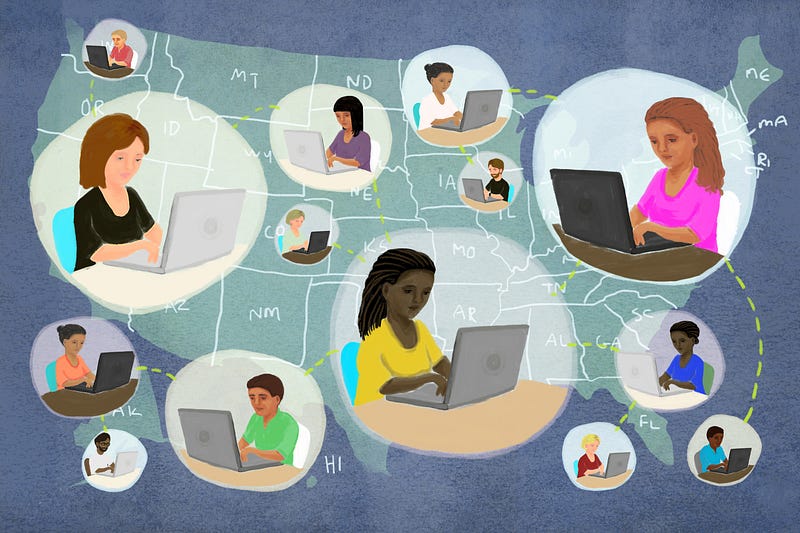
When Florenda Lee’s friend asked for advice on what she should major in, Lee recommended computer science. Her friend immediately responded, “There’s absolutely no way I could major in computer science; I’ve never considered it. I’m sure I can’t program; It’s not for me.” Lee was intrigued by the response, but not surprised (Lee, 2019). This mindset about women not being suited for computer science is all too familiar.
Currently, the demand for computer scientists is greater than its supply. Only 20% of computer science degrees go to women (Cheryan et al., 2015). Computer science is a high-status profession that pays well, has flexible work hours and offers plenty of other benefits. Given all these enticing factors, why don’t more women pursue this profession?
From a young age, girls’ and boys’ interests are influenced by stereotypes. When people think of computer scientists, they often think of “geeky” socially awkward guys who love technology (Cheryan et al., 2015). Allison Master, a Professor of Psychology at the University of Houston and her colleagues studied the existence of gender-interest stereotypes and how that influences academic motivation among girls. Gender stereotypes about interests start early and cause gender disparities in computer science and engineering according to a 2021 study from the
Proceedings of the National Academy of Sciences of the United States of America.
Two studies reveal that girls, as young as six years old, endorse gender-interest stereotypes favoring boys in computer science. These negative stereotypes surrounding computer scientists create negative stereotypes about girls’ computer science abilities which hinders their interest and performance in the field (Cheryan et al., 2015). A third study shows that the presence of these stereotypes causes girls to have lower interest in stereotyped activities, particularly ones that increase stereotype threats among girls. Lastly, a fourth study demonstrates that gender-interest stereotypes favoring boys cause gender disparities in motivation for computer science activities by reducing girls’ interest. These stereotypes are so powerful due to a reduced sense of belonging in computer science classes and activities.
Even when girls choose to pursue computer science, their physical environment can impact whether or not they choose to continue pursuing this interest (Master et al., 2016). Allison Master, a Professor of Psychology at the University of Houston, and Andrew N. Meltzoff, a Professor of Psychology at University of Washington analyzed the influence a stereotypical versus non-stereotypical physical classroom environment has on high-school girls’ interest in joining an introductory computer science class and their sense of belongingness in the classroom environment, according to “Computing whether she belongs: Stereotypes undermine girls’ interest and sense of belonging in computer science,” 2016
Journal of Educational Psychology
. The environment simply differed with objects present, as the stereotypical classroom had “Star Wars/Star Trek items, electronics, software, tech magazines, and computer books” and the non-stereotypical classroom had “nature pictures, art pictures, and general magazines” (Master et al., 2016). Both of the studies revealed that girls’ are more likely to join an introductory computer science class when learning in a non-stereotypical environment compared to a stereotypical environment. Simple changes to create a greater sense of belongingness impacts girls’ willingness to pursue computer science.
This stereotype threat is not only reinforced in academic settings, but also through media. Shows such as
Silicon Valley
depict computer scientists in a very stereotypical manner (Cheryan et al. 2015). In order to see the impact of media, Sapna Cheryan, a Professor of Psychology at the University of Washington, and her colleagues had a group of women read a newspaper article that described computer scientists very stereotypically and another group of women read an article that represented computer scientists non-stereotypically, according to “the stereotypical computer scientist: Gendered media representations as a barrier to inclusion for women,” 2013
Sex Roles: A Journal of Research.
” Women who read the stereotypical article were less interested in exploring computer science than women who read the stereotypical article. Media constantly surrounds society, hence what is portrayed in the media has a large impact on the decisions we make.
Encouraging more women to enter the field of computer science must start at a young age. Over the past decade, dozens of organizations have started with the purpose to get girls interested in computer science starting as early as the 1st grade.
When Reshma Saujani was campaigning for public office in New York, she noticed a stark gender gap in computer science classes, which she noticed started at a young age. Boys were applauded for taking risks and being brave in entering the computer science field, but girls were encouraged to strive for perfection. This led Saujani to start Girls Who Code, a non-profit organization that strives to teach computer science to girls in a comfortable environment where they are encouraged to take risks (Gupta, 2019).
Saujani’s initiative is simply the start to increasing girls’ interest and making them feel a sense of belongingness in the field of computer science. These initiatives need to follow through to college and into the professional setting. Maria Klawe, Harvey Mudd’s president, led the initiative to restructure the computer science department by emphasizing the intellectual depth and connections to other disciplines computer science can have in hopes to connect more women and break the stereotypes (Hafner, 2012). Saujani and Klawe, along with many others, hope that as a society, these efforts to further diversify the field will change the mind of people like Florenda Lee’s friend.
References
Cheryan, S., Master, A., & Meltzoff, A. N. (2015). Cultural stereotypes as gatekeepers: Increasing girls’ interest in computer science and engineering by diversifying stereotypes.
Frontiers in Psychology, 6
https://10.3389/fpsyg.2015.00049
Cheryan, S., Plaut, V. C., Handron, C., & Hudson, L. (2013). The stereotypical computer scientist: Gendered media representations as a barrier to inclusion for women.
Sex Roles: A Journal of Research, 69
, 58–71.
https://10.1007/s11199-013-0296-x
Gupta, A. H. (2019, September 20). How to be brave.
The New York Times
.
Hafner, K. (2012, April 2). Giving women the Access Code.
The New York Times
.
Lee, F. (2019, October 7). Why so few women in computer science? A look into stereotyping & college curriculum.
Medium
.
https://medium.com/@florenda/why-so-few-women-in-computer-science-a-look-into-college-curriculum-a0a4fd7c868f
Master, A., Meltzoff, A. N., & Cheryan, S. (2021). Gender stereotypes about interests start early and cause gender disparities in computer science and engineering.
Proceedings of the National Academy of Sciences of the United States of America, 118
(48), e2100030118. doi: 10.1073/pnas.2100030118.
https://10.1073/pnas.2100030118
Master, A., Cheryan, S., & Meltzoff, A. (2016). Computing whether she belongs: Stereotypes undermine girls’ interest and sense of belonging in computer science.
Journal of Educational Psychology, 108
https://10.1037/edu0000061


